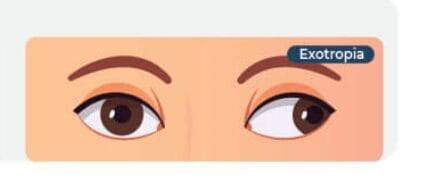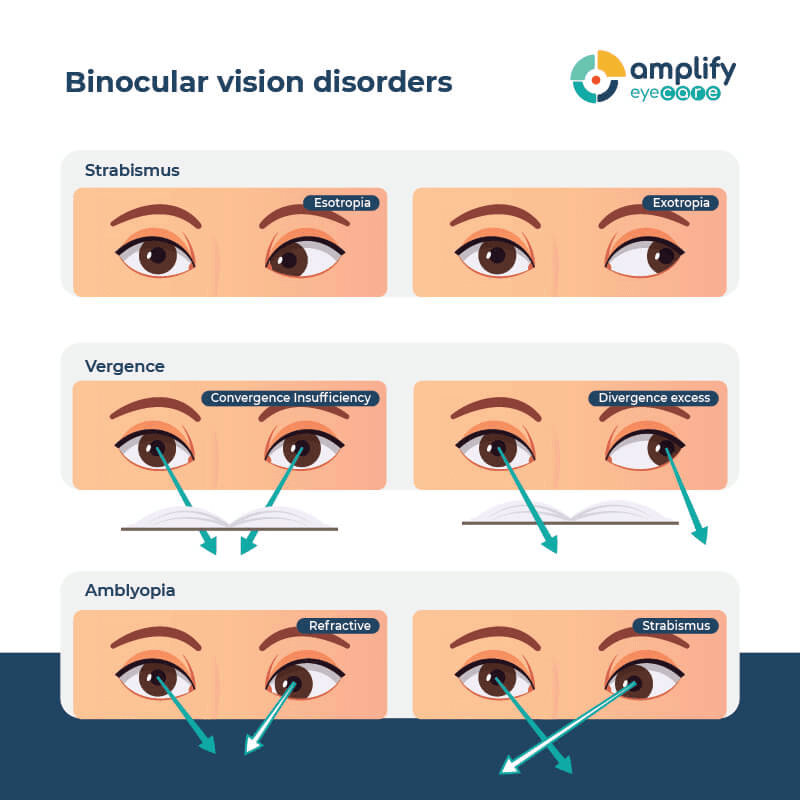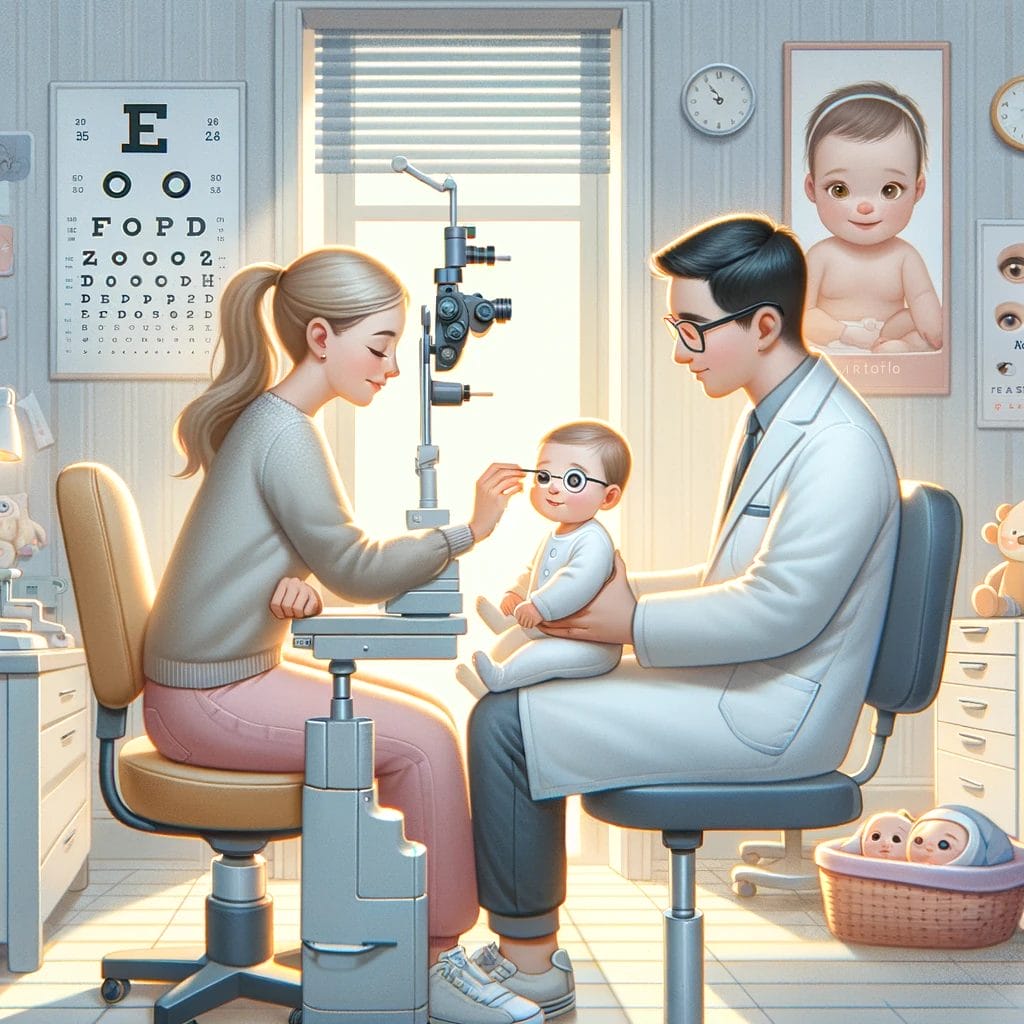Diagnosis of Intermittent Exotropia
Diagnosing intermittent exotropia is a multi-step process that combines patient history, visual assessments, and specific eye tests to accurately identify and understand the condition.
Gathering Patient History
A thorough patient history is the first step. Doctors ask about when the eye drifting was first noticed and its frequency. They also inquire about any specific situations where it becomes more apparent, like during tiredness or when focusing on distant objects. A family history of eye conditions is also valuable, as genetics can play a role.
Visual Acuity Tests
These tests check how well each eye can see. It's important to identify if there's a significant vision difference between the eyes, which could influence the condition's development.
The Cover Test
This simple yet effective test involves covering and uncovering each eye while the patient focuses on an object. It helps identify the direction and magnitude of the eye drift, both for near and far objects.
Measuring the Angle of Deviation
Using special prisms, doctors measure how far the eye turns away. This angle, measured in prism diopters, helps quantify the severity of the exotropia.
Assessing Binocular Vision
For children, it's crucial to assess their ability to use both eyes together. This might involve tests with 3D glasses and images to evaluate the eyes' teamwork in creating a single, three-dimensional image.
Observation Period
In some cases, particularly for young children, doctors may recommend watching and waiting. This period of observation can provide insights into whether the condition is improving, worsening, or remaining stable.
Specialized Tests
Additional tests might include assessing the flexibility of eye movements and looking for any signs of amblyopia, also known as lazy eye, which can accompany exotropia.
Diagnosis is like putting together a puzzle where each piece of information leads to a clearer picture of the condition. This comprehensive approach ensures that the treatment plan is tailored to the individual's specific needs.



















